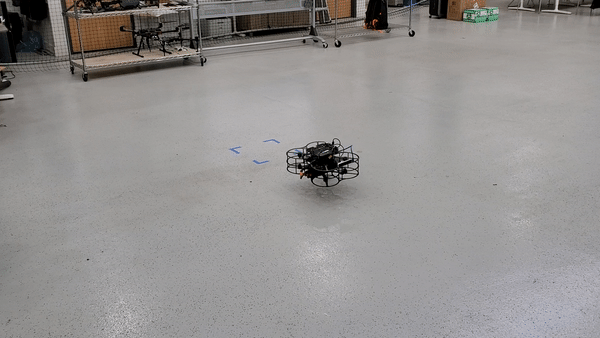Kiravan, Smart Subway Gate, Helmet Mounted LED Beacon
Timeframe: June 2021 - Present
I have worked on a variety of projects at Applied Minds. The first project had me designing electronics enclosures for helmet mounted UV beacons. The enclosure was 3D printed and housed two custom boards which needed to have adequate space around them to accommodate wire bend radii and two batteries which were inserted through a door which I also designed.
For the next project, I did a mix of hardware and software work to build a prototype of a subway handicap turnstile. On the mechanical side, I designed an ADA compliant ramp for sheet metal fabrication through which I learned about the design considerations and practices that are unique to sheet metal. On the software side, I headed the collection of 3D point cloud data from the gate's two millimeter wave sensors that were intended to allow the gate to close right after passengers with all sorts of mobility devices before fare evaders could sneak through. To do this I created a shared spreadsheet that served as a directory to all saved test data and which allowed one to gather the details of each test at a glance. I also programmed the point cloud visualizer in python using the open3d library as well as led the development of the algorithm that would decide when to close the gates. In addition to the sensing side, I programmed the passenger facing display that displayed fare data that was sent to it via MQTT. Through this project, I also practiced a lot of debugging and UNIX terminal tricks.
Another project I worked on was the KiraVan, a technology laden camper truck. My specific contributions were the DC distribution board, the mast tube ejection caps, and the cab tilt PLC system. The DC distribution board managed and connected the vehicular and house DC circuits. In order to build it, I designed copper busbars, fuse holders, and a plastic board to mount all of the COTS components to. Very important to the project was making sure that all of the 4/0 cables had sufficient space to bend. I also used a hydraulic press and a die I designed to form some of the tabs and dipped the busbars in plastisol to prevent shorts. The mast tube ejection caps are meant to cover the tubes of the telescoping sensor towers. In order for them to maintain a seal passively, I designed a four bar linkage with a camover point that allows the compression of the gasket to keep the cover closed until it is opened by a pneumatic cylinder. In order to ensure that the dimensions of the linkage, the size of the piston, and the durometer of the gasket were all correct, I made a python script and spreadsheet in order to perform engineering calculations and organize key specifications and properties of the components used. Working on this project also taught me how to design parts for CNC machining especially with regards to toolpathing and endmill radius. In order to automate the hood raising and cab tilting process. I programmed and integrated a PLC unit with the KiraVan's hydraulic and pneumatic system. I programmed the PLC to sequence the raising of the hood and cab and PID control the pressure of the airbags that the cab rests on, lowering the setpoint when the cab is lifted. Integrating the PLC into the hydraulics system involved a lot of collecting and measuring component electrical properties as well as creating schematics for the electrical team to consult.
The most recent project was to make a model cockpit to showcase a new type of aircraft interior which had me leading the fabrication of all of the backlit instrument panels which each had to be glued, cut, machined, painted, laser etched, and fitted with components. To do this I created a deteailed list in atlassian of all of the steps for each component as well as our stock of all of the components and fasteners. Other highlights of this project were designing a locking mechanism for a lever in one of the panels and adding a trim lever with a center detent to the throttle, complete with miniature display showing the differential thrust in the engines.






